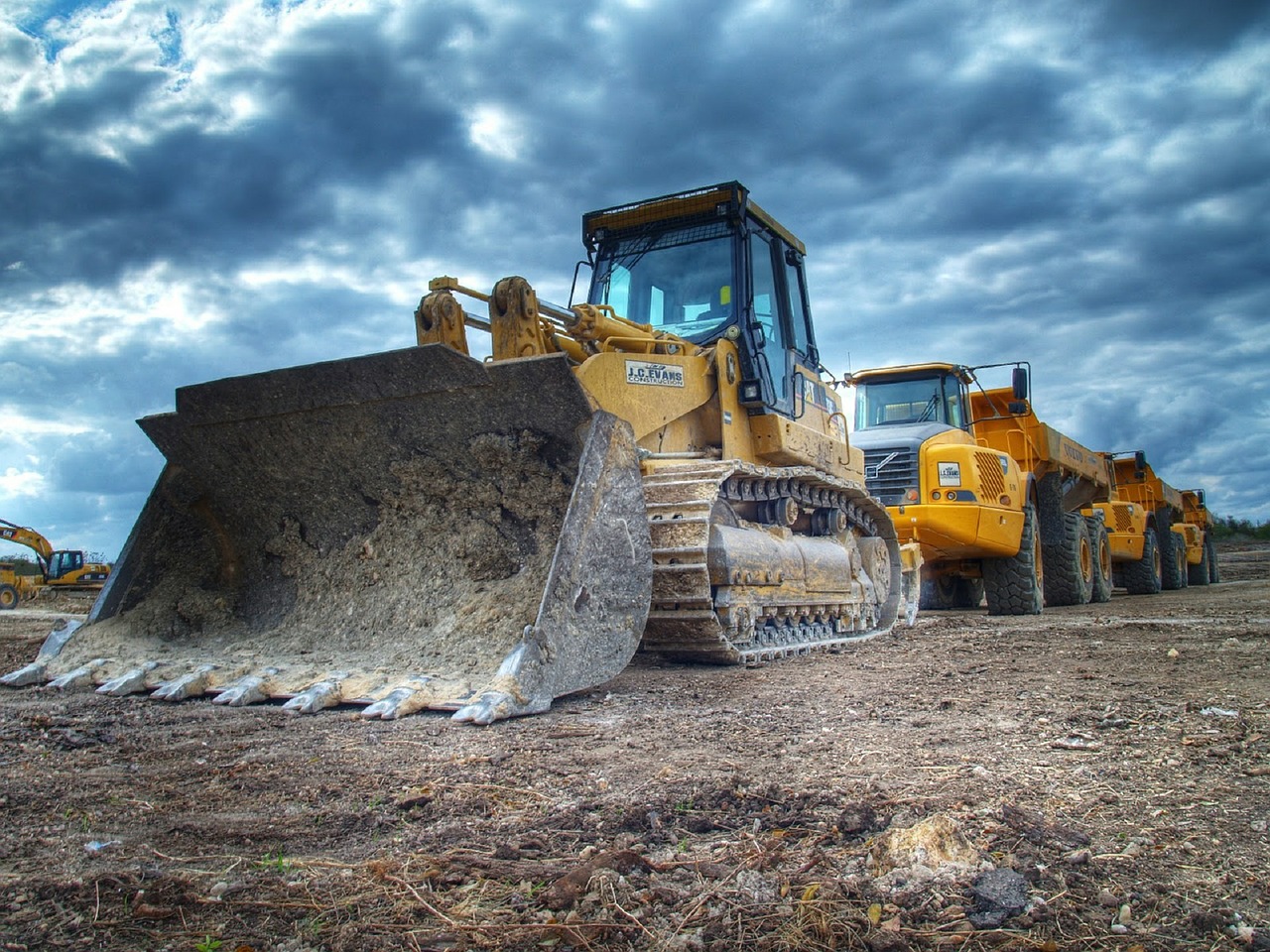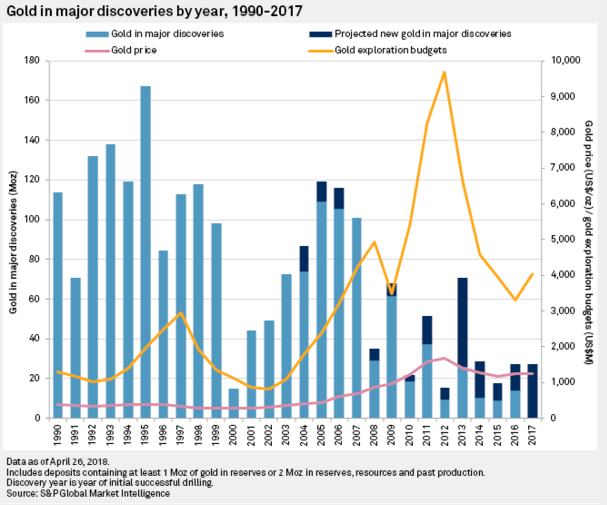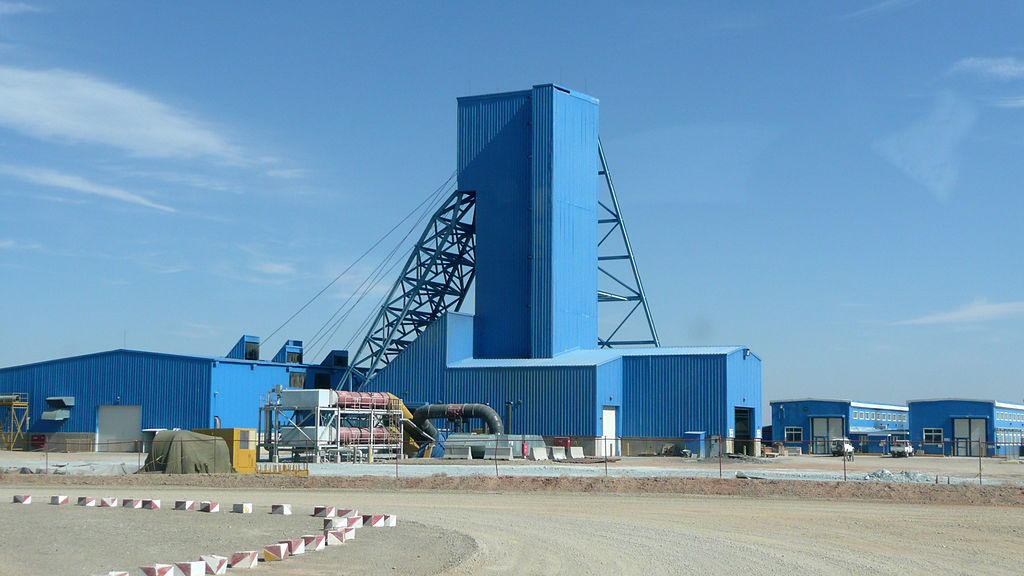Artificial Intelligence Has Revolutionized The Exploration And Mining Of Gold
Disclosure: We are reader-supported. If you purchase from a link on our site, we may earn a commission. Learn more
Last Updated on: 26th April 2021, 07:45 pm

Humankind has been mining for the resplendent metal that is gold for millennia. Archeologists discovered a prehistoric Bronze Age gold mine at a site known as Sakdrisi, in the Kvemo Kartli region of present-day Georgia. Dating from between the early 3rd millennium BCE, to the second half of the 4th millennium, researchers believe this to be the oldest gold mine in the world. Suffice it to say, we have been enraptured with this glittering precious metal for eons. Through the ages, new technology and innovations were utilized to further the exploration of gold. Increasingly, however, the industry has funneled enormous amounts of money to explore for gold deposits, but not making any new discoveries.
Table of Contents
- The Increase In Expenditure Has Not Resulted In New Gold Discoveries
- The Emergence of Artificial Intelligence
- AI And Big Data As Applications For Gold And Other Mineral Exploration
- Artificial Intelligence And Other Facets Of The Mining Sector
- AI, Big Data, And Machine Learning Are Propelling The Mining Sector Into The Future
The Increase In Expenditure Has Not Resulted In New Gold Discoveries
A recent report by S&P Global Market Intelligence found that the expenditure for new gold deposits is at an all-time high, with US$54.3 billion being allotted for exploration over the past 10 years. This is a 60 percent increase to the amount spent in the preceding 18-year timeframe. Yet based on the data, new gold discoveries have substantially declined since 2010 despite this increase in expenditure.

Considering the dearth of new gold deposits, mining companies have increasingly turned to expensive surveying and drilling programs. Other industries such as oil and gas, have employed new methods such as fracking and horizontal drilling to extract the resources over the past 20 years. The results have been nothing short of astounding, in essence, revolutionizing those industries. Yet, hitherto, the mining industry has struggled to find new effectual innovations and technologies. Enter stage left, the most transformative innovation that has emerged from the Information Age: Artificial Intelligence (AI).
The Emergence of Artificial Intelligence
According to forecasts by market research firm Tractica, the global artificial intelligence market will experience tremendous growth in the next 6 years, to a projected $118.6 billion US. The overall AI market encompasses multitudinous applications including, machine learning, robotic process automation, and yes, even the mining sector.
The use of AI and machine learning has utterly transformed other industries that have been in possession of big data. For instance, the retail and marketing industries have been revolutionized by their use of this emerging technology. One need only look to the likes of Facebook, who utilized big data to target ads, or Amazon, who with its use of machine learning has wholly dominated the retail space.
A further example of the transformative influence of AI and machine learning is Uber. In no time at all, the company has employed machine learning to its advantage in many respects decimated the taxi industry in many metropolitan areas.
AI And Big Data As Applications For Gold And Other Mineral Exploration
Although massive sums of money were spent which yielding few large scale discoveries of gold deposits, that expenditure did result in vast amounts of information being collected. From satellite imagery to geophysical, the mining industry has a wealth of big data readily available to be utilized.
A new report examining the use of Big Data and AI for mineral exploration emphasizes the incredible implications that this emerging technology will have on the mining industry:
“Big data, artificial intelligence, and the Internet of things are some of the new phrases that today’s mineral explorers are bringing into their workday vocabulary as they seek new ways to achieve accelerated exploration, discovery and production through improved accuracy in deposit-modeling capacity — ultimately leading to new revenue streams that are achieved sooner.”
The World Economic Forum recently revealed what would be the seven trends influencing the future of the mining and metals sector. One of those seven components was big data. “Data transparency to aid the mining industry’s relations with stakeholders. Collecting and processing massive amounts of data will be essential for mining companies as they digitalize and automate their operations,” stated the report.
Given the phenomenal potential to revolutionize the mining industry, it is unsurprising that a company would emerge to capitalize on the use of artificial intelligence and big data. Founded in 2016, Montreal-based Goldspot Discoveries, aims to further mineral exploration with machine learning, data-driven science, and AI. The company’s stated vision is to provide a more economical, collaborative, and sustainable resource exploration sector driven by big data.
“We have more data at our fingertips than ever before, yet new discoveries have been on the decline despite ever-increasing exploration spending on data collection. We believe Goldpsot can change that. Harnessing a mountain’s worth of historic and current global mining data, AI can identify patterns necessary to fingerprint geophysical, geochemical, lithological and structural traits that correlate to mineralization. Advances in AI, cloud computing, open-source algorithms, machine learning, and other technologies have made it possible for us to aggregate all this data and accurately target where the best spots to explore are,” explained Goldspot CEO, Denis Laviolette in an interview.
In essence, by using machine learning algorithms and AI, a company such as Goldspot is able to sift through and analyze all that data, then discover patterns where gold deposits are most likely to occur. Thereby, saving the mining sector astronomical amounts of money, not to mention sacrosanct time.
Yet, Goldspot isn’t merely using AI and machine learning for gold exploration, they are likewise employing these emerging technologies from an investing standpoint. The notion is that given the advantageous potential these technologies have on exploration, they can also be utilized for investment. The idea is to use quantum computing to analyze financials in a nanosecond, which of course could take a human analyst, hours to complete the same task. The company has designed an AI-powered screening platform with the ability to identify the best investments. The possibility that AI could discover investment opportunities by crunching the data which otherwise could be overlooked, is compelling, to say the least.
Artificial Intelligence And Other Facets Of The Mining Sector
The tremendous potential of AI to transform the mining industry doesn’t stop at exploration or identifying profitable investments. There are other examples of this emerging technology being used in other facets of the mining sector. Some companies are using AI technology in other areas of operation. For instance, a diamond mine located in Quebec, has ingeniously utilized artificial intelligence in a system for sorting and disposing of waste. Basically, an algorithm analyses data from sensors to improve the diamond recovery process, both in quality and quantity. In addition, a mining company in Norway is using a similar AI sorting system for ore and minerals.
Similarly, another mining company, Rio Tinto, employs AI autonomous vehicles very successfully within its facility. In use since 2008, these autonomous haul trucks have the capability to carry 350 tons of material, operating with complete independence. Because of the success of autonomous trucks, Rio Tinto has now developed a long haul autonomous rail system. Moreover, for several years this company has also used autonomous drillers and loaders with great success. The mining company has lauded the use of autonomous vehicles, and has stated that the innovation of artificial intelligence has improved overall productivity.

Additionally, Rio Tinto has revealed plans to develop what it deems an “intelligent mine”. Within the mining facility, all aspects will be powered by artificial intelligence. The first of these intelligent mines will begin operation in 2021.
“Picture a future dynamic system which learns to adapt and change a schedule based on past experience and lessons learned and also integrates customer needs. A system which has the power to assess multiple scenarios to make a decision instantly. A system which understands in a microsecond how to manage an unplanned event by assessing past experiences and uses market intelligence to ensure value over volume. This is the next step from predictive maintenance, Imagine predicting a potential maintenance issue and then being able to check on the asset condition through augmented reality. The list is endless, however all are driving towards achieving automated end-to-end scheduling,” explained Kellie Parker, Rio Tinto’s managing director of planning, integration and assets.
AI, Big Data, And Machine Learning Are Propelling The Mining Sector Into The Future
Innovations like artificial intelligence, Big Data, and machine learning are all components that are drastically improving the mining sector. Gold mining, in particular, will benefit from these transformative technologies. A simple way the average investor can take advantage of these incredible innovations is by obtaining IRA-approved precious metals in one’s retirement accounts. Learn about Gold IRA rules and regulations, and Gold IRA rollovers versus transfers for more information.



 Silver
Silver Gold
Gold Platinum
Platinum Palladium
Palladium Bitcoin
Bitcoin Ethereum
Ethereum

 Gold: $3,355.30
Gold: $3,355.30
 Silver: $37.89
Silver: $37.89
 Platinum: $1,333.91
Platinum: $1,333.91
 Palladium: $1,157.09
Palladium: $1,157.09
 Bitcoin: $118,690.90
Bitcoin: $118,690.90
 Ethereum: $4,284.91
Ethereum: $4,284.91